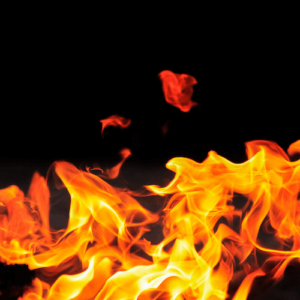Fire Risk Assessments

What is a fire risk assessment and the legal requirements
A fire risk assessment is an organised inspection of your property to evaluate the hazards and risks. The assessment will identify any problems with fire safety within the premises and give guidelines on how to improve the fire safety for your employees, customers and visitors. Just some of the areas inspected are escape routes, fire systems, fire-stopping, policies and procedures.
A fire risk assessment is a legal obligation and needs to be carried out on every premises by the responsible person under The Regulatory Reform (Fire Safety) Order 2005
Protection against fire
Fire prevention should be a vital part of fire safety and is an essential part of a fire risk assessment. The law requires that the responsible person takes appropriate steps to reduce the likelihood of fire and the spread of fire.
Protection of fire within the assessed property divided into two areas, and these are passive and active fire protection. Passive fire protection is concerning the structure of the building, the assessment with include fire doors and fire rated penetration seals. Active fire protection is about systems installed within the building, and these include fire alarm systems, emergency lighting systems and fire fighting equipment.


Escaping from a fire and management
Means of escape is concerning how employees, customers and visitors can exit the building in the event of a fire. Escape routes to be assessed for suitability to ensure enough exits are in the property for the capacity of the building. Assess the management of fire procedure and policies, advice to be given to update and enhance the management in the event of a fire. The management of fire includes fire training, fire drills and roles during a fire for employees.
Security against fire
Security for the property to be assessed to prevent the opportunity for vandalism or arson. Assessed on the exterior of the building items like fencing, gates and CCTV. Prevent access to the property and limit the chance that arson might occur, fencing and gates are the best options. CCTV is a good deterrent for the external of property to prevent vandalism. Preventing arson internally the security to be checked for CCTV and ensure that doors are kept locked if required.

Regulations in relation to Fire Safety
- Regulatory Reform (Fire Safety) Order 2005
- Health & Safety at Work Act 1974
- Management of Health & Safety at Work Regulations 1999
- BS EN 7010: 2011 (Health & Safety [Safety Signs & Signals] Regulations 1996)
- Electricity at Work Regulations 1989
- Equalities Act 2010
- Building Regulations 2011 Part B
- BS5839-6 2013 Fire Detection & Alarm Systems
- BS5266-1 2011 Emergency Lighting
